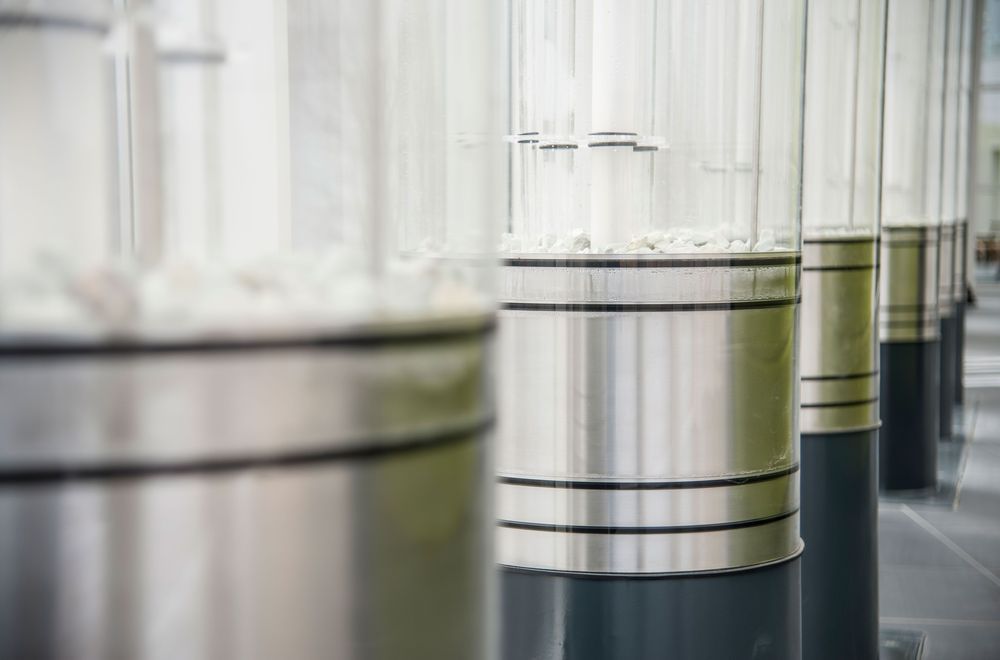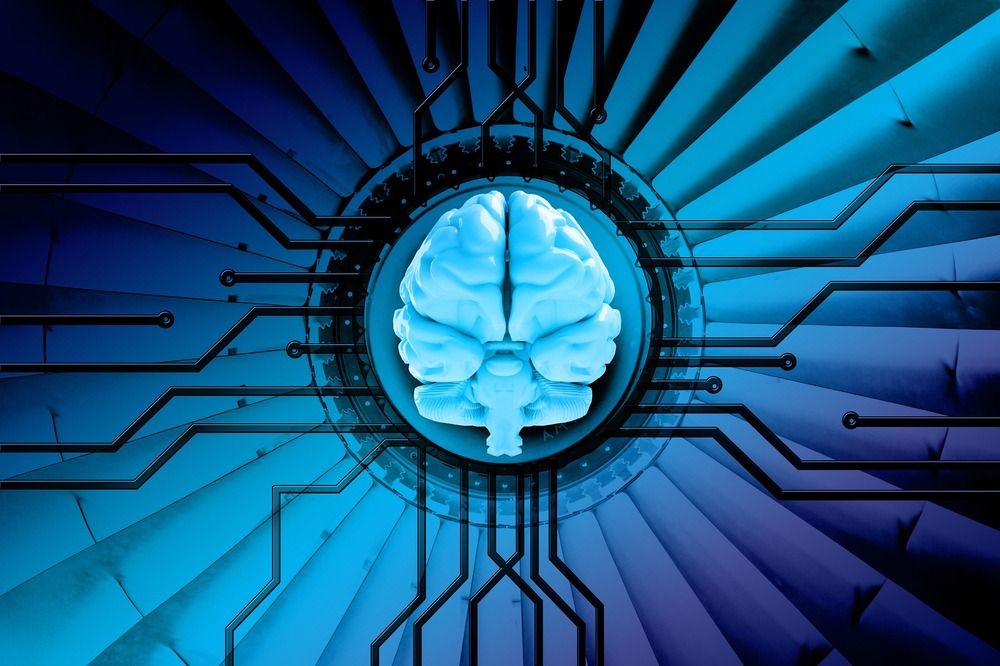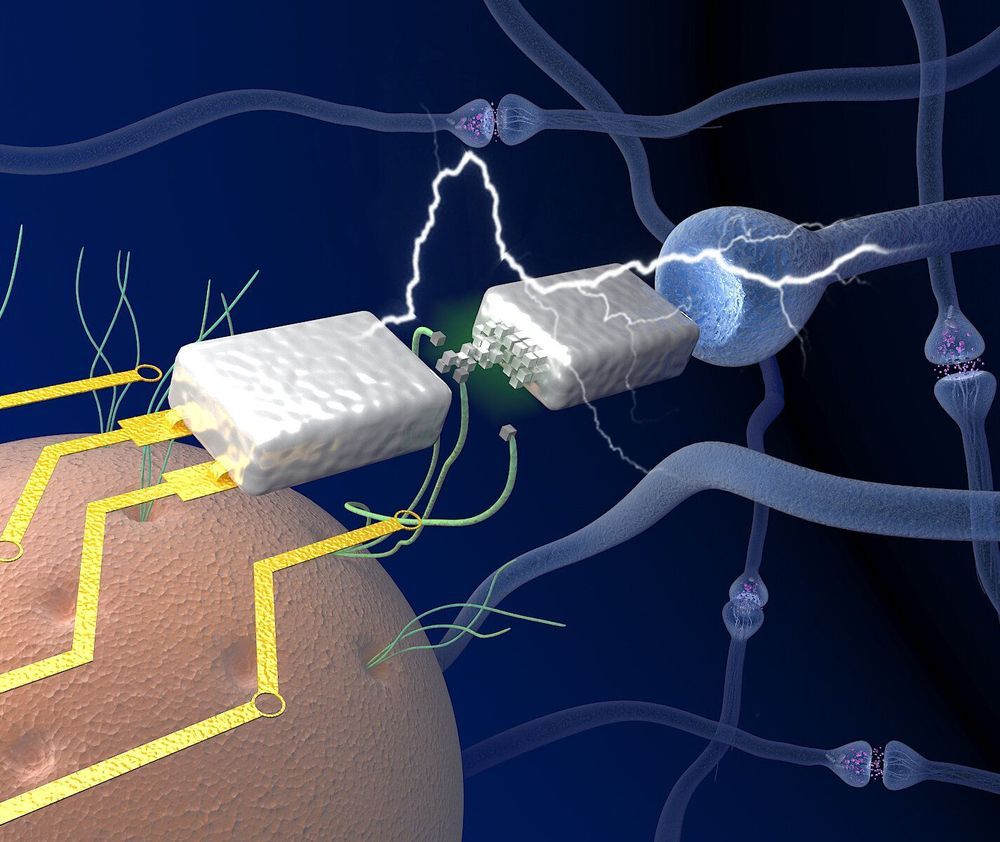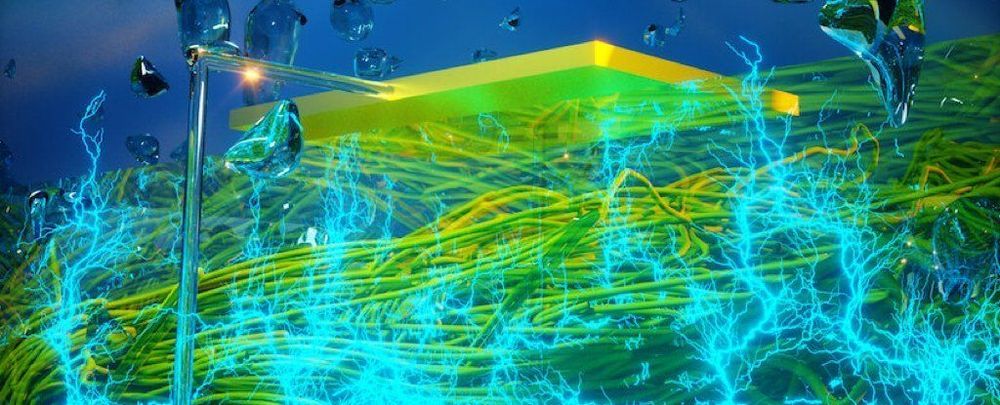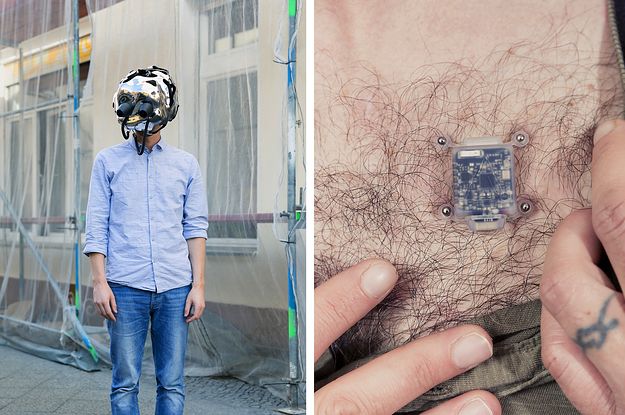May 3, 2020
Algae Water Purification
Posted by Quinn Sena in categories: biological, climatology, sustainability
This can be good to purify the oceans and lakes.
Grow algae to reclaim water! Algae feed on the nutrients in wastewater, effectively purifying the water and producing oxygen during the process. Sunlight and LED lighting help the organisms to feed and grow, therefore our algae generators stand in the daylight filled Third Climate Zone. Water slowly recirculates through the six algae tubes, each of which has a steel base containing zeolite, a mineral that acts as a microbial filter, absorbing microorganisms that are not otherwise digested by the algae. The algae generators at Green Solution House are an important element of our on-site biological water purification system. The entire system can process 500 liters of water a day, which is used for irrigating the green wall and gardens and has the potential to be used for flushing public toilets in the building. The water cleaned by the algae is separated and further purified by UV light to reach drinking water quality.
Who’s behind it: Rambøll.
